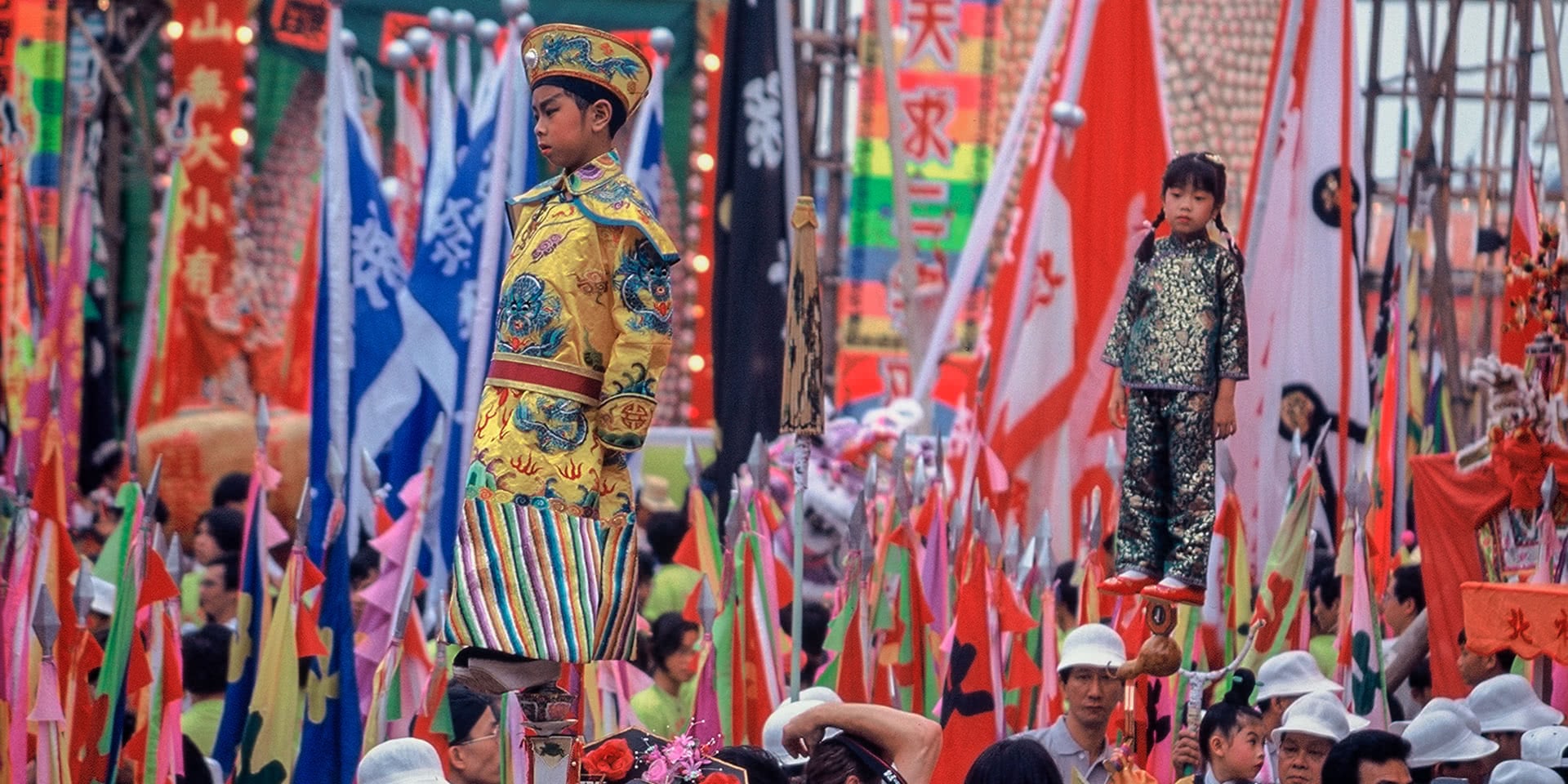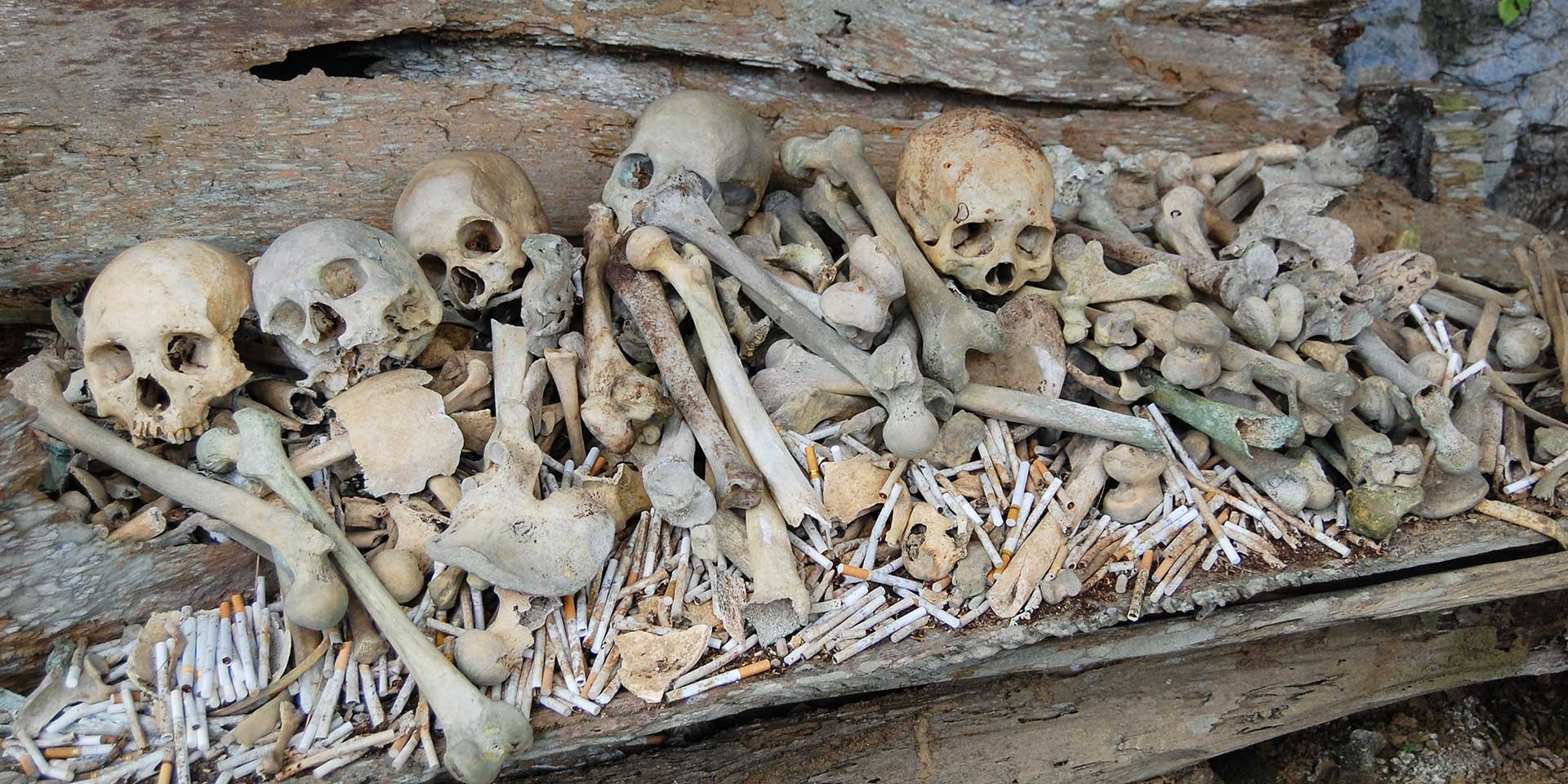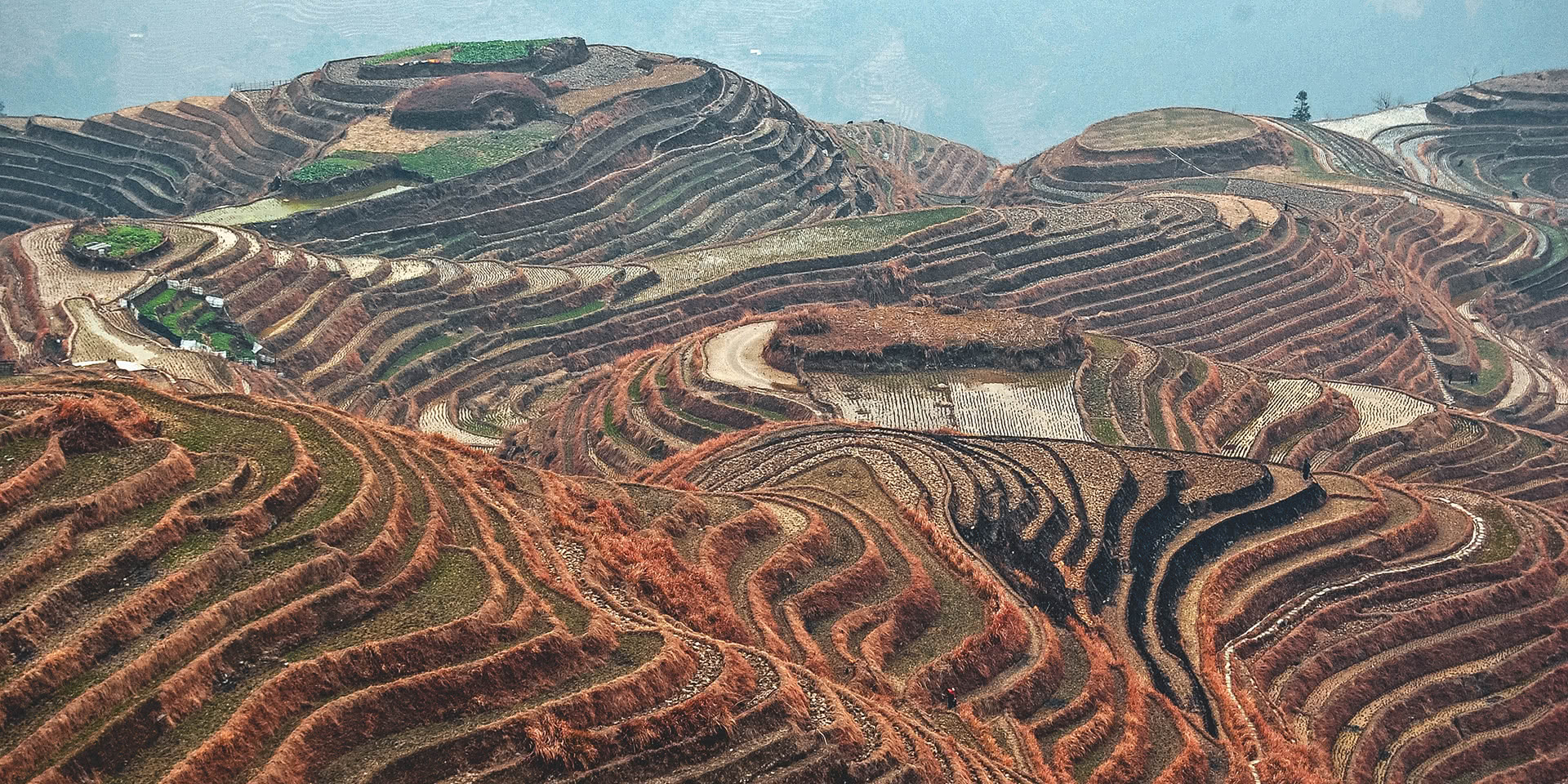
Did you know that a few hours north of Guilin exists a beautiful, verdant village, where cars cannot reach, where few tourists ever venture, where the women’s long, black hair is the stuff of legend? A forty-minute climb up a steep hill will bring to you the home of the Red Yao, a friendly culture with a long history they are happy to share.
The Red Yao have always been a bit difficult to coerce and control. In ancient times, they were rebels actively fighting the Ming Dynasty. When Zeng Hu and his treasure fleet ruled the seas (before Columbus and Magellan), the Yao were well-defined inside their own culture and de facto homeland. Nowadays, the Yao are an officially-recognized minority group in China, numbering 2.6 million within the country.
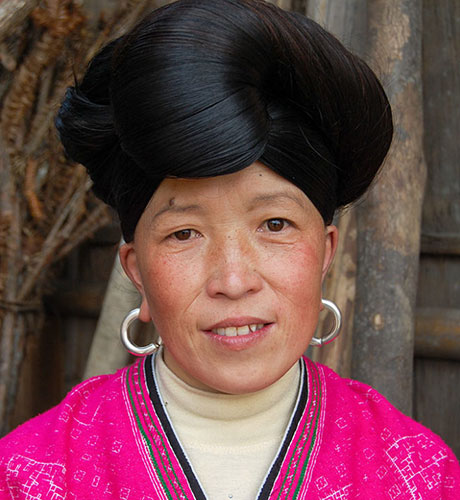

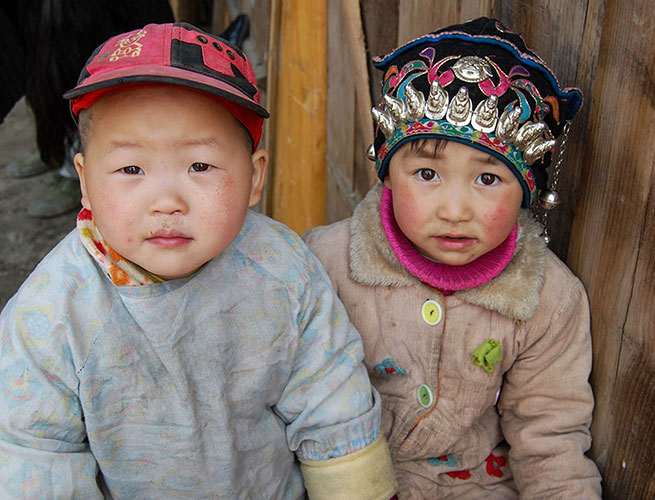
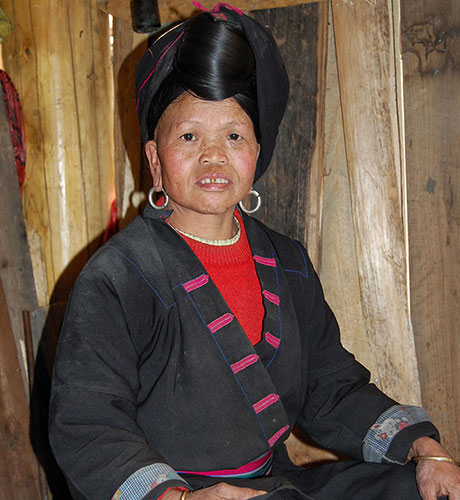
Yao women possess long, flowing black hair, a trait for which they are well-known. The elegance and sophistication, not to mention appeal, of their hair cannot be overstated. Few women in human history can compare with Yao women when it comes to hairstyle.
I was fortunate to have the chance to visit with the Red Yao and their beautiful village. Most tourists know of a place called Guilin, but have you heard about the area of Longsheng about 3.5 hours north? Both are some of the most dazzling places I’ve seen anywhere in the world. While most tourists head to Guilin and Yangshau, the real treasure for me is heading into the hills by car to Miao, Yao, Dong and Zhuang territory, a rich mosaic of tribal minorities.
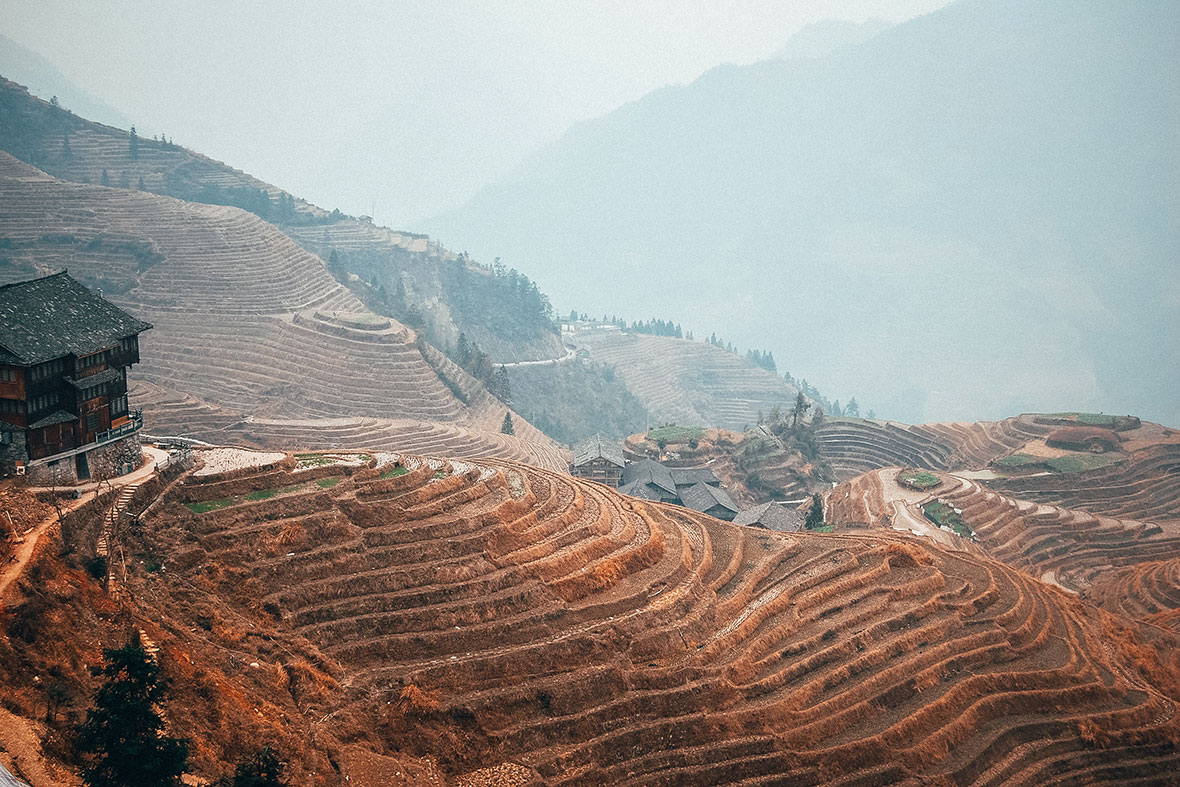
Li-an Lodge, in the village of Ping ‘An, is the best guesthouse in the area, with some of the most stunning views possible — the Longsheng rice terraces immediately outside the windows are prominent. It is the sort of view that makes you want to pinch yourself to make sure you’re not dreaming.
When arriving in Ping ‘An by car, one must walk 40 minutes uphill to the village – it’s not possible to drive. It is, however, a pleasant walk. For those unable to do the walk, the option exists to be carried in a sedan chair. I hiked through the rice terraces with my jaw hanging open most of the time — but this was from awe, and not fatigue.
Driving outside of Ping ‘An for an hour on rough roads led me to a very special Red Yao village named Xiao Zhai. It’s off the tourist trail, along with several surrounding villages. I first learned of this village when I arranged for Carmen Roberts and her BBC crew to go there for a feature for the Fast Track series.
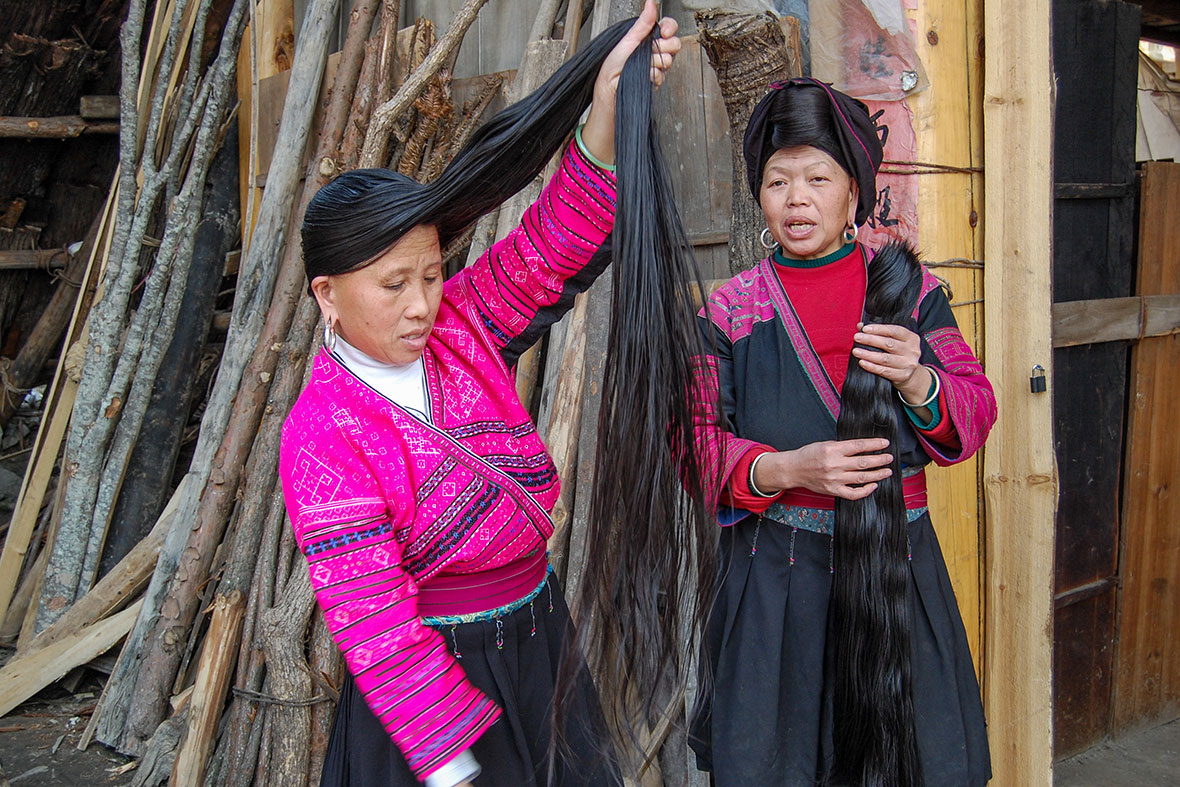
The women in this village have a special “coiling of the hair” ceremony. Red Yao women only cut their hair once in their life, at the age of 16. They save that hair and attach it back to their heads each day in a special ceremony. This double-hair effect gives them their truly unique, outstanding look. Hair is indeed sacred to these people. A lost hair must be rewoven into a woman’s existing locks. This is done in ritualistic fashion. Married Yao women wear their hair in a bun that is pulled up under a turban-like headdress. Their weaving skills are not limited to hair – these women apply their dexterity to sewing, having made become expert seamstresses.A talented Yao seamstress can spend half a year or more creating a special dress with only a needle and thread. These are indeed industrious and talented women.

I met the village elder, a man in his 90’s who loved showing his village to the outside world. He told us many stories about the Japanese presence during World War II and the threat tigers posed to his village when he was young. I spent most of my time in a family house, where they cooked and prepared a simple but amazing lunch for me and also gave me a demonstration of their hair ritual. They were extremely friendly and open, and we enjoyed relaxing for a few hours in their home. I looked around and observed their simple home. Dried meat hung from just about everywhere, undergoing a smoking process. It was certainly an interesting décor! They began talking to me about their women, and told me that if you want to marry a Red Yao woman you’ll have to pay for the bride with 10 silver bars. This was is related to the opium trade. As they say, “You can’t live on love …” I politely declined their proposal.
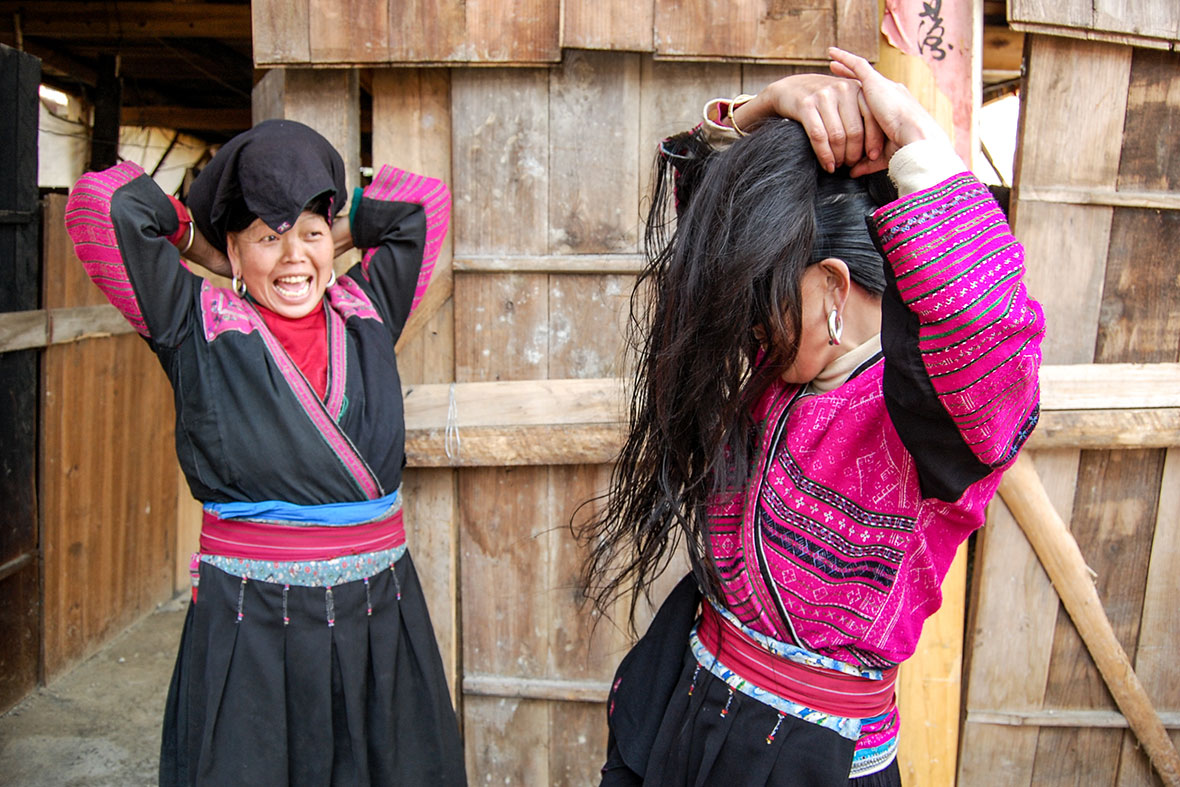
Money may change China. Globalization and the worship of money over traditional culture may seep into various tribes, ways, norms and mores around the world — but for now, the Yao’s way of life in Xiao Zhai seems safe. The winter snows always give way to the re-emergence of jade green rice terraces. The ebb and flow of life comes and goes just as the Yao women’s hair continues to grow. What an extraordinary way to live. The mystique and style of the Yao is something special to behold.


